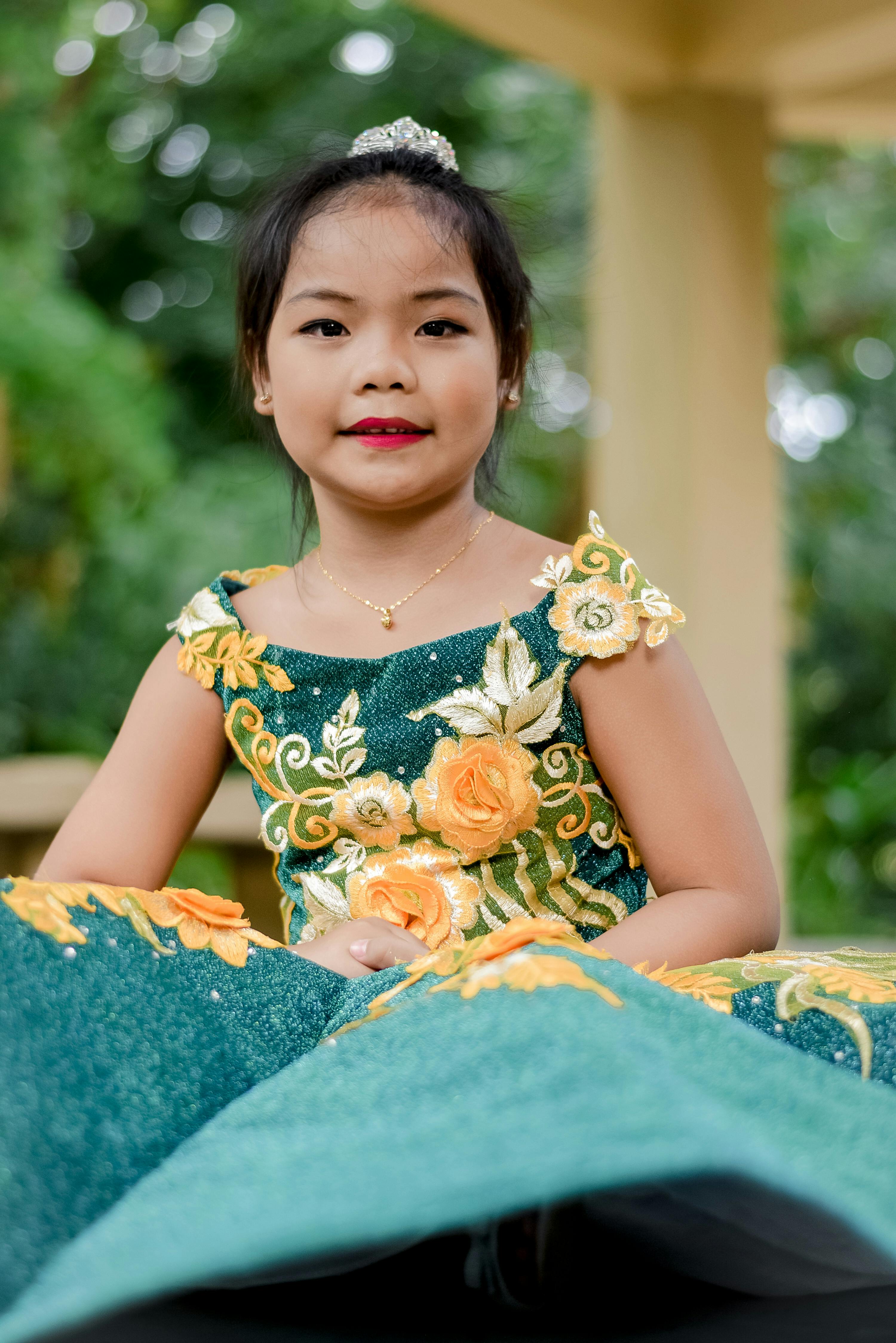Latina rugosa planidia (arrows, magnified) hooked up to an ant larva the Eucharitidae are amid the couple parasitoids in a position to defeat the solid defences of ants. One household of chalcidoid wasps, the Eucharitidae, has specialized as parasitoids of ants, most species hosted by a person genus of ant. Some parasitic species have a mutualistic marriage with a polydnavirus that weakens the host’s immune system and replicates in the oviduct of the woman wasp. Since the wasps are similarly dependent on their fig trees for survival, the coevolved romantic relationship is completely mutualistic. Minute pollinating fig wasps, Pleistodontes: the trees and wasps have coevolved and are mutualistic. Wasp beetle Clytus arietis is a Batesian mimic of wasps. Two popular instances are Batesian mimicry, where by the mimic is harmless and is essentially bluffing, and Müllerian mimicry, in which the mimic is also distasteful, and the mimicry can be viewed as mutual. Females of the solitary wasp parasitoid Venturia canescens can stay away from mating with their brothers by way of kin recognition.
 In experimental comparisons, the likelihood that a woman will mate with an unrelated male was about 2 times as higher as the possibility of her mating with brothers. Wasps retail outlet sperm inside their overall body and regulate its launch for just about every unique egg as it is laid if a female wishes to generate a male egg, she only lays the egg with no fertilizing it. Sand wasps Ammophila frequently help save time and power by parasitising the nests of other women of their personal species, both kleptoparasitically stealing prey, or as brood parasites, getting rid of the other female’s egg from the prey and laying their own in its location. Some of the largest species, such as Rhyssa persuasoria and Megarhyssa macrurus, parasitise horntails, huge sawflies whose adult ladies also have impressively extensive ovipositors. Adult male wasps at times go to bouquets to get nectar. Experimental an infection of Muscidifurax uniraptor with the bacterium Wolbachia induced thelytokous copy and an inability to produce fertile, practical male offspring.
In experimental comparisons, the likelihood that a woman will mate with an unrelated male was about 2 times as higher as the possibility of her mating with brothers. Wasps retail outlet sperm inside their overall body and regulate its launch for just about every unique egg as it is laid if a female wishes to generate a male egg, she only lays the egg with no fertilizing it. Sand wasps Ammophila frequently help save time and power by parasitising the nests of other women of their personal species, both kleptoparasitically stealing prey, or as brood parasites, getting rid of the other female’s egg from the prey and laying their own in its location. Some of the largest species, such as Rhyssa persuasoria and Megarhyssa macrurus, parasitise horntails, huge sawflies whose adult ladies also have impressively extensive ovipositors. Adult male wasps at times go to bouquets to get nectar. Experimental an infection of Muscidifurax uniraptor with the bacterium Wolbachia induced thelytokous copy and an inability to produce fertile, practical male offspring.
Therefore, below most situations in most species, wasps have entire voluntary command over the hot model Sex of their offspring. In several social species, the larvae exude copious quantities of salivary secretions that are avidly consumed by the grown ups. The host continues to be alive until the parasitoid larvae pupate or emerge as grown ups. They then insert one particular or a lot more eggs into the host or deposit them upon the outside of the host. An instance of a real brood parasite is the paper wasp Polistes sulcifer, which lays its eggs in the nests of other paper wasps (particularly Polistes dominula), and whose larvae are then fed immediately by the host. Most these types of species attack hosts that provide provisions for their immature stages (this sort of as paralyzed prey items), and they possibly eat the provisions supposed for the host larva, or hold out for the host to acquire and then eat it prior to it reaches adulthood. Parasitoid wasps are really assorted in behaviors, quite a few laying their eggs in inert stages of their host (egg or pupa), from time to time paralysing their prey by injecting it with venom by means of their ovipositor. Males, known as drones, have a haploid (n) number of chromosomes and establish from an unfertilized egg. Females are diploid, meaning that they have 2n chromosomes and produce from fertilized eggs.
Many wasp lineages, like these in the people Vespidae, Crabronidae, Sphecidae, and Pompilidae, attack and sting prey objects that they use as foodstuff for their larvae when Vespidae typically macerate their prey and feed the resulting bits directly to their brood, most predatory wasps paralyze their prey and lay eggs straight on the bodies, and the wasp larvae eat them. Many species of wasp, such as especially the cuckoo or jewel wasps (Chrysididae), are kleptoparasites, laying their eggs in the nests of other wasp species to exploit their parental treatment. Wasp nests created in or near residences, these kinds of as in roof spaces, can existing a risk as the wasps may perhaps sting if men and women arrive close to them. The Pompilidae focus in catching spiders to provision their nests. Apart from accumulating prey goods to provision their youthful, quite a few wasps are also opportunistic feeders, and will suck the body fluids of their prey.

